Home>Furniture>Bedroom Furniture>How High Should Bed Be
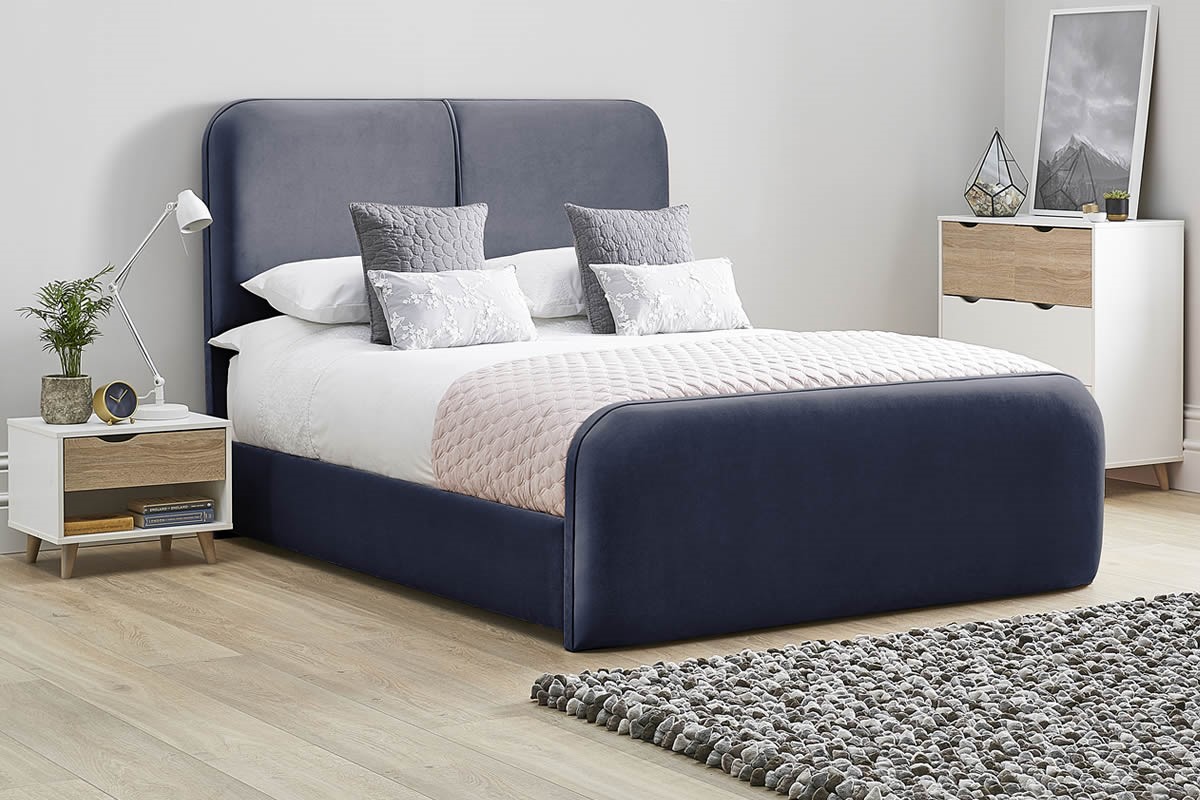

Bedroom Furniture
How High Should Bed Be
Modified: November 1, 2024
Discover the ideal height for your bed with our comprehensive guide on bedroom furniture. Optimize your sleeping experience for ultimate comfort.
(Many of the links in this article redirect to a specific reviewed product. Your purchase of these products through affiliate links helps to generate commission for Storables.com, at no extra cost. Learn more)
Introduction
Welcome to the world of bedroom furniture, where every element plays a vital role in creating a comfortable and inviting space for rest and relaxation. One key component that often gets overlooked is the height of the bed. The height of your bed can have a significant impact on both the aesthetic appeal and functionality of your bedroom. Determining the ideal bed height requires careful consideration of various factors, including personal comfort, style preferences, and accessibility requirements.
When it comes to choosing the right bed height, there is no one-size-fits-all solution. Different individuals may have different needs and preferences, and what works for one person may not work for another. In this article, we will explore the factors to consider when determining the height of a bed, discuss the pros and cons of high and low beds, and provide tips on how to choose the right bed height for your specific needs and preferences.
Key Takeaways:
- Consider comfort, accessibility, style, and storage needs when choosing the right bed height to create a cozy and functional bedroom space that suits your unique preferences and requirements.
- High beds offer grandeur and storage, while low beds provide modernity and space-saving benefits. Adjust bed height for accessibility and seek professional advice to find the perfect fit for your bedroom.
Read more: How High Should Raised Garden Bed Be
Factors to consider when determining the height of a bed
When deciding on the height of your bed, there are several important factors to consider. These factors will help you determine the optimal bed height for your specific needs and preferences.
1. Comfort and Accessibility
The primary consideration when determining bed height is your personal comfort. You want to find a height that allows you to get in and out of bed easily without straining your joints or muscles. Additionally, consider any physical limitations or disabilities that may require a certain bed height for accessibility purposes.
2. Body Type and Sleep Patterns
Your body type and sleep patterns can also affect the ideal bed height for you. For example, if you are tall, you may prefer a higher bed to ensure your feet don’t hang off the edge. On the other hand, if you are shorter, a lower bed height may be more comfortable for getting in and out of bed.
3. Room Size and Proportions
The size and proportions of your bedroom should also be taken into account. A larger room may accommodate a taller bed, while a smaller space may require a lower bed height to maintain a balanced and visually appealing look.
Read more: How High Should An Awning Be
4. Style and Aesthetic Preferences
The height of your bed can also impact the overall style and aesthetic of your bedroom. Higher beds tend to have a more grand and luxurious appearance, while lower beds create a sleek and contemporary look. Consider your style preferences and how the bed height will complement the overall design scheme of your bedroom.
5. Storage and Functional Needs
If you require additional storage space underneath your bed, you may opt for a higher bed height to accommodate drawers or bins. On the other hand, if you have specific functional needs, such as a lower bed height for ease of caregiving, make sure to consider these requirements when determining the height of your bed.
6. Relationship to other Furniture
Lastly, think about how your bed will relate to other furniture in the room, such as nightstands or dressers. You want to ensure that the height of your bed is compatible with the height of other pieces of furniture to create a cohesive and visually pleasing arrangement.
By considering these factors, you can make an informed decision about the right height for your bed that meets your comfort, accessibility, style, and functional needs.
Standard bed heights
While there isn’t a universal standard for bed heights, there are some common measurements that can serve as a starting point when determining the height of your bed. These standard bed heights are widely used in the furniture industry and can provide a reference for selecting the appropriate height for your bed.
1. Standard height: The most common standard height for a bed is around 25 to 30 inches from the floor to the top of the mattress. This height is suitable for the average adult and provides a comfortable level for getting in and out of bed.
2. Low-profile height: Low-profile beds are designed to have a lower overall height compared to standard beds. They typically measure around 18 to 23 inches from the floor to the top of the mattress. These beds are a great option for those who prefer a more modern and minimalist aesthetic, or for rooms with lower ceilings or limited space.
3. Platform bed height: Platform beds are known for their low-profile design and typically have a mattress height ranging from 10 to 15 inches. These beds are ideal for those who prefer a contemporary and sleek look. Keep in mind that the overall height of the bed can be influenced by the thickness of the mattress used.
4. Adjustable bed height: Adjustable beds are becoming increasingly popular due to their versatility and customizable features. These beds allow you to adjust the height to your desired level, offering convenience and comfort for individuals with specific mobility needs or those who prefer customized sleeping positions.
It is important to note that these are general guidelines, and the actual height of your bed may vary depending on factors such as mattress thickness, bed frame design, and personal preference. It is recommended to measure and consider the overall height of the bed, including the mattress and any additional layers, to ensure it aligns with your comfort and accessibility requirements.
Now that you have an understanding of the standard bed heights, let’s explore the pros and cons of high and low beds to help you make an informed decision for your bedroom.
Read more: How High Should The Backsplash Be
Pros and cons of high beds
High beds, often referred to as tall or raised beds, have their own set of advantages and disadvantages. Understanding these pros and cons can help you decide whether a high bed is the right choice for your bedroom.
Pros:
- Elevated style: High beds have a grand and luxurious appearance that can instantly elevate the aesthetic of your bedroom. They create a focal point and can make a statement in the room.
- Ample storage space: The extra height provided by high beds allows for additional storage space underneath. You can utilize this space for storing items like clothes, bedding, or seasonal items, keeping your bedroom organized and clutter-free.
- Easy access: For individuals with mobility issues or back problems, a higher bed can be more comfortable to get in and out of. The increased height can alleviate stress on the joints and make it easier to transition from a seated to a standing position.
- Enhanced air circulation: With the mattress positioned higher off the ground, high beds facilitate better air circulation. This can help regulate body temperature and provide a cooler sleeping environment, especially during warmer months.
Cons:
- Inconvenient for petite individuals: High beds may pose a challenge for shorter individuals or children who may struggle to climb into bed comfortably.
- Visual dominance: Due to their height, high beds can dominate a smaller bedroom and make the space feel cramped or overwhelming. It is essential to consider the room size and proportions when deciding on the height of your bed.
- Difficult to clean: Cleaning and changing bedding on a high bed can be more difficult and require extra effort. You may need a step stool or ladder to reach the bed comfortably, making maintenance tasks more time-consuming.
- Increased cost: High beds often require a taller bed frame and may involve additional material and construction, resulting in a higher price point compared to lower bed options.
Considering these pros and cons will help you determine whether a high bed aligns with your style preferences, storage needs, accessibility requirements, and budget. If the advantages outweigh the disadvantages for your specific situation, a high bed may be an excellent choice for your bedroom.
Next, let’s explore the pros and cons of low beds to provide a complete view of your options when it comes to bed heights.
Pros and cons of low beds
Low beds, also known as platform or minimalist beds, offer a unique set of advantages and disadvantages. Understanding these pros and cons can help you determine if a low bed is the right fit for your bedroom.
Pros:
- Modern and sleek style: Low beds have a contemporary and minimalist look that can create a sophisticated and streamlined atmosphere in your bedroom. They are often favored in modern and urban design schemes.
- Space-saving: Low beds are an excellent choice for rooms with low ceilings or limited space. Their low-profile design allows for a visually open and uncluttered look, making the room feel more spacious.
- Easy accessibility: The lower height of these beds makes them easily accessible for individuals of all ages and heights. They are particularly suitable for shorter individuals or those who prefer a bed that requires less effort to get in and out of.
- Easier to clean: Cleaning a low bed is relatively easier since there is less distance to reach the mattress and make the bed. Changing bedding and dusting become more convenient tasks without the need for additional steps or accessories.
Cons:
- Limited storage options: Due to their low height, low beds often lack the storage space offered by high beds with ample clearance. If storage is a priority, you may need to consider alternative storage solutions outside of the bed frame.
- Less visual impact: Low beds may not have the same visual impact or statement-making presence as high beds. If you prefer a more dramatic and grand appearance for your bedroom, a low bed may not fulfill that desired aesthetic.
- Potential discomfort for taller individuals: If you are on the taller side, a low bed may not provide the necessary legroom for optimal comfort. Your legs may hang off the edge of the bed, which can be uncomfortable and disrupt your sleep.
- Less air circulation: Low beds tend to be closer to the ground, which may limit air circulation underneath the mattress. This can lead to an increase in dust accumulation and potentially impact the overall breathability of the sleeping surface.
Considering these pros and cons will help you determine if a low bed aligns with your style preferences, space constraints, accessibility needs, and comfort requirements. If the advantages resonate with your preferences and the disadvantages are manageable for your situation, a low bed can be an excellent choice for your bedroom.
Now that we have explored the pros and cons of both high and low beds, let’s delve into the adjustments you can make for bed height to enhance accessibility in your bedroom.
Adjusting bed height for accessibility
Accessibility is an important consideration when it comes to bed height, especially for individuals with mobility challenges, disabilities, or those who require assistance with personal care. Making the necessary adjustments to bed height can greatly improve comfort and ease of use. Here are some tips for adjusting bed height for enhanced accessibility:
1. Bed risers:
Bed risers are an affordable and simple solution to raise the height of your bed. These are typically small platforms that can be placed under each bed leg to increase the overall elevation. Bed risers come in various heights and can be easily installed without any special tools or expertise.
Read more: How High Should A Bathroom Backsplash Be
2. Adjustable bed frames:
An adjustable bed frame allows you to customize the height of the bed to your specific needs. With motorized controls, you can raise or lower the bed height to find the most comfortable and accessible position. This is particularly beneficial for individuals who require frequent position changes or those who rely on mobility aids such as wheelchairs or walkers.
3. Bed rails:
For individuals who require assistance with getting in and out of bed or those who need additional support during sleep, bed rails can be installed. These rails provide stability and can help prevent falls. Bed rail height can be adjusted to match the height of the bed, ensuring optimal safety and accessibility.
4. Adjustable mattress bases:
Consider investing in an adjustable mattress base that can raise or lower the head or foot of the bed. This feature can greatly improve comfort and accessibility for individuals who require specific positioning, such as elevating the head for breathing difficulties or elevating the legs for circulation issues.
5. Consult with a healthcare professional:
If you have specific accessibility concerns or unique mobility requirements, it is advisable to consult with a healthcare professional or occupational therapist. They can provide personalized recommendations and guide you in finding the appropriate bed height adjustments that suit your needs and abilities.
By adjusting the bed height for accessibility, you can enhance comfort, safety, and independence in your bedroom. Remember to consider the specific needs of the individual and consult with professionals when necessary to ensure the best possible solutions are implemented.
Now that we have explored adjusting bed height for accessibility, let’s move on to some essential tips for choosing the right bed height for your specific needs and preferences.
Read more: How High Should A Balcony Railing Be
Tips for choosing the right bed height
Choosing the right bed height is essential to create a comfortable and functional bedroom space. Here are some tips to help you make an informed decision when selecting the height of your bed:
1. Consider your comfort:
Prioritize your comfort when determining the bed height. Consider your body type, any physical limitations, and your preferred way of getting in and out of bed. Choose a height that allows for easy accessibility and provides optimal comfort for a good night’s sleep.
2. Measure your space:
Take accurate measurements of your bedroom to determine the available space for your bed. Consider the room’s proportions and how the bed will fit in relation to other furniture. This will help you select a bed height that maintains a balanced and visually appealing look in the room.
3. Think about functionality:
Consider your specific needs and how the bed will be used. If you require additional storage space, opt for a higher bed with clearance underneath. If you need easy access for caregiving or have accessibility requirements, choose a bed height that accommodates those needs.
Read more: How High Should A Medicine Cabinet Be
4. Match your style:
Select a bed height that complements the overall style and aesthetic of your bedroom. Higher beds can create a luxurious and grand look, while lower beds exude a sleek and modern feel. Ensure the chosen height aligns with your design preferences and enhances the overall ambiance of the room.
5. Test it out:
If possible, try out different bed heights before making a final decision. Visit furniture showrooms or try out beds at friends’ or family members’ homes to get a feel for different heights. This hands-on experience can give you a better understanding of what height works best for your comfort and needs.
6. Seek professional advice:
If you have specific concerns or unique circumstances, it can be beneficial to consult with an interior designer or furniture expert. They can provide guidance and recommendations based on their expertise and knowledge of bedroom design.
By considering these tips, you can choose the right bed height that meets your comfort, style, and functional needs. Remember, there is no one-size-fits-all solution, and what works for others may not work for you. Take your time to evaluate your requirements and preferences to find the perfect bed height for your bedroom.
Now that we have covered the tips for choosing the right bed height, let’s summarize the key points we have discussed in this article.
Conclusion
Choosing the right bed height is crucial for creating a comfortable, functional, and visually appealing bedroom space. By considering factors such as comfort, accessibility, style, and storage needs, you can determine the optimal height for your bed.
High beds offer a grand and luxurious appearance, ample storage space, and easy accessibility for those with mobility concerns. However, they may not be suitable for shorter individuals and can dominate a smaller bedroom visually.
On the other hand, low beds provide a modern and sleek look, save space in smaller rooms, and offer easy accessibility for individuals of all heights. However, they may lack storage options and visual impact and may not be comfortable for taller individuals.
If accessibility is a concern, there are various options to adjust bed height, including bed risers, adjustable bed frames, bed rails, and adjustable mattress bases. Consulting with professionals can provide personalized solutions based on specific mobility requirements.
When choosing the right bed height, consider your comfort, measure your space, think about functionality, match your style, test out different heights, and seek professional advice if needed.
Remember that there is no one-size-fits-all solution, and the ideal bed height varies for each individual. By carefully considering your needs and preferences, you can select the perfect bed height that enhances your comfort, accessibility, and overall bedroom design.
Now armed with this knowledge, go ahead and make an informed decision about the height of your bed to create a cozy and inviting haven for rest and relaxation in your bedroom.
Curious about taking your bed's comfort and functionality up a notch? Adjusting the height might just do the trick. If you're pondering how to elevate your sleep setup efficiently, consider exploring our latest piece on innovative bed risers. Tailored for the upcoming year, these selections promise not only to lift your bed but also to transform your bedroom's look and feel, ensuring every night's sleep is just right.
Frequently Asked Questions about How High Should Bed Be
Was this page helpful?
At Storables.com, we guarantee accurate and reliable information. Our content, validated by Expert Board Contributors, is crafted following stringent Editorial Policies. We're committed to providing you with well-researched, expert-backed insights for all your informational needs.
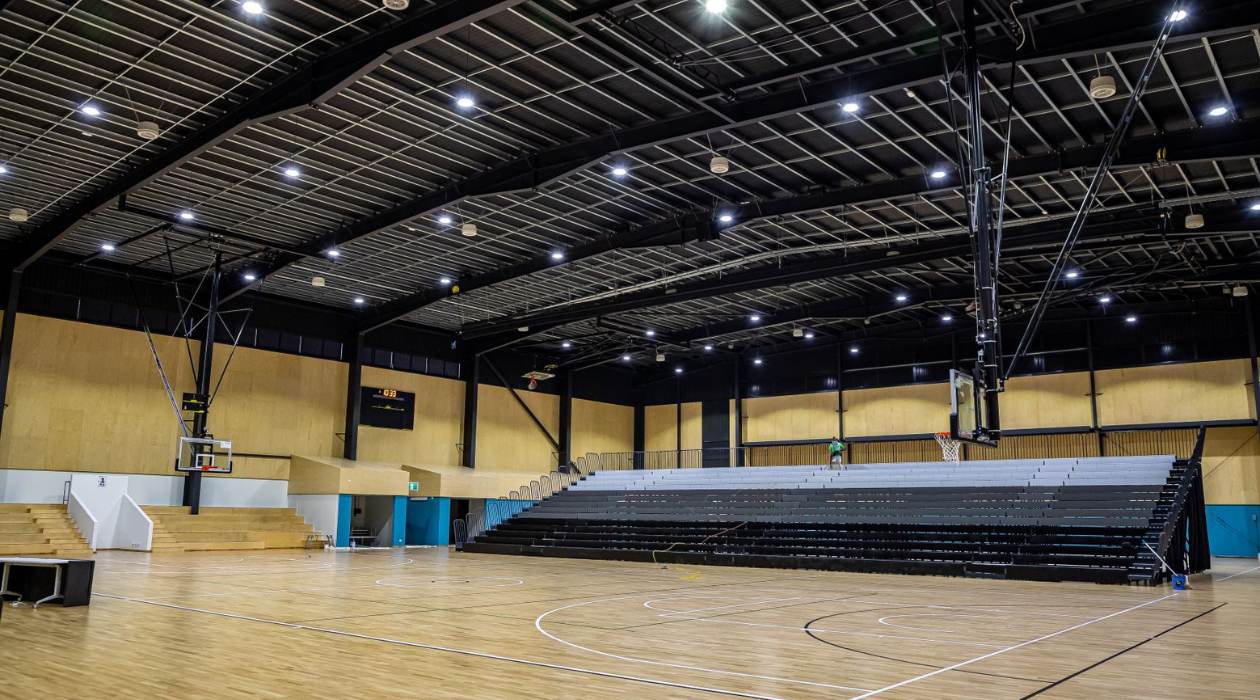

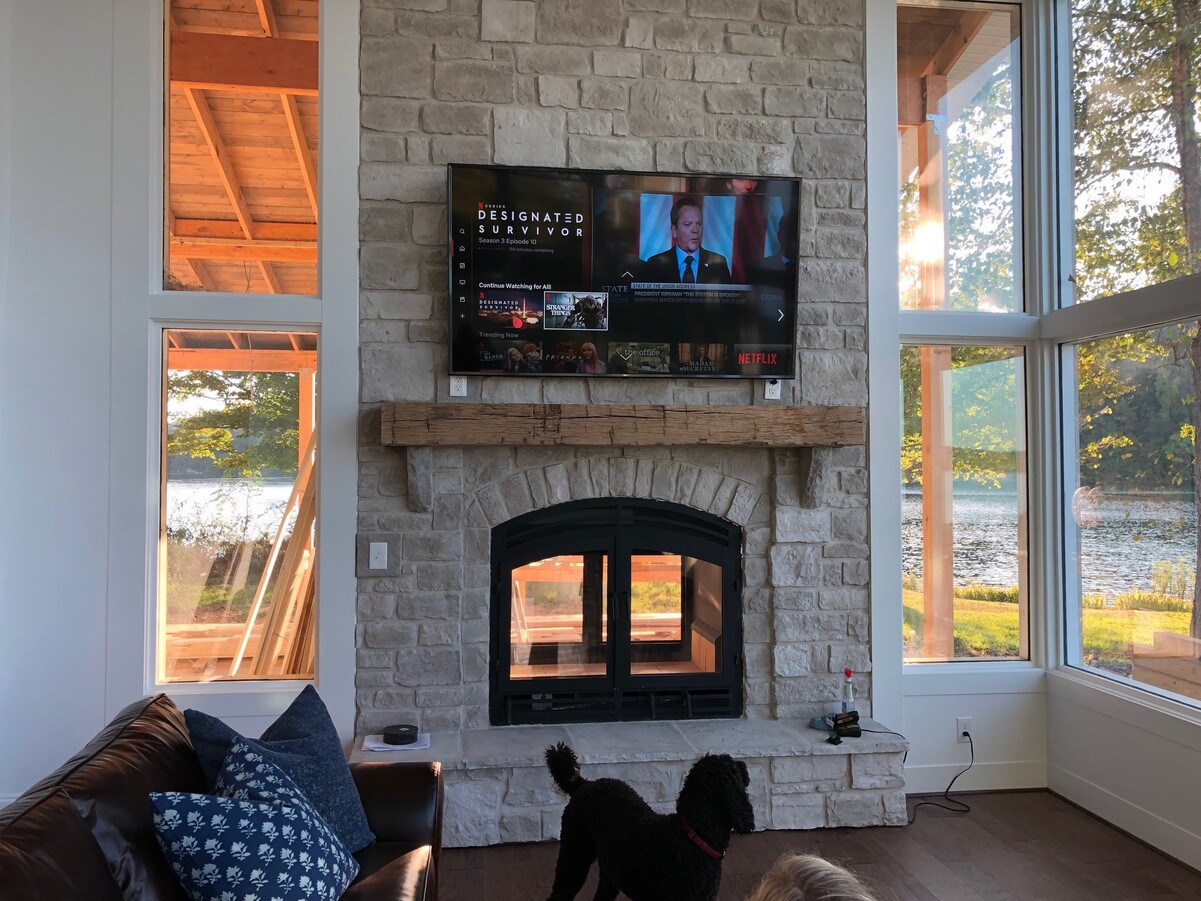

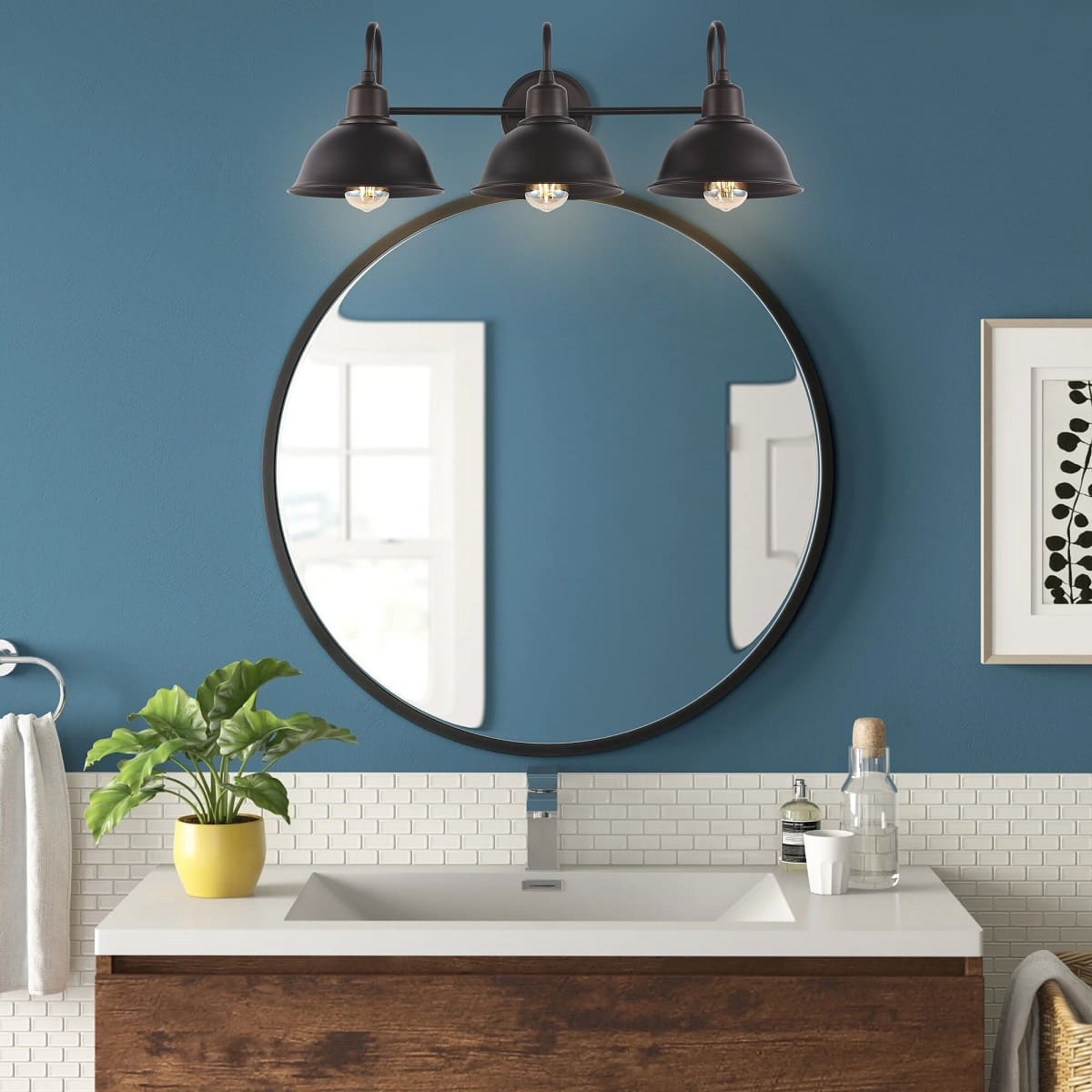
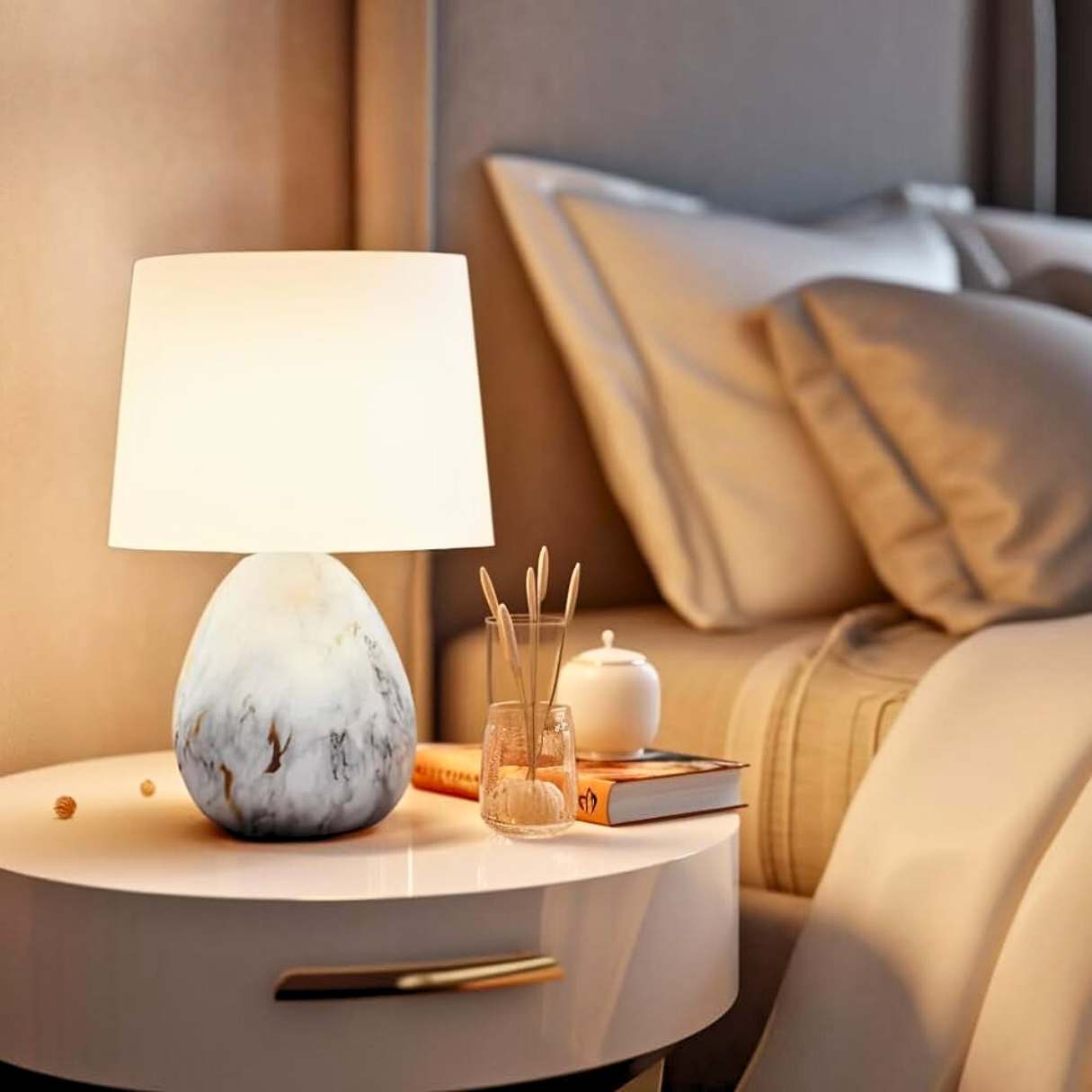
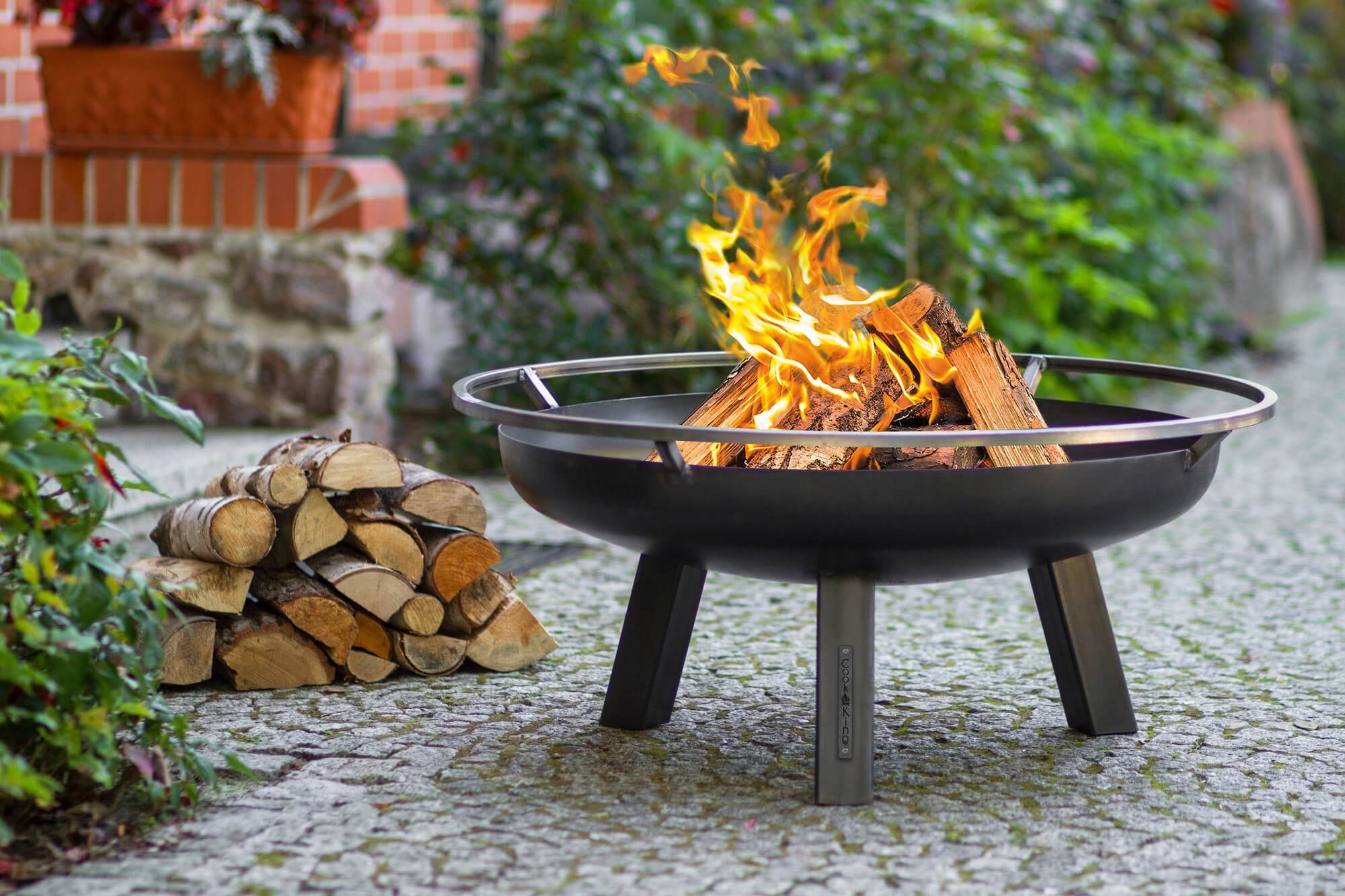

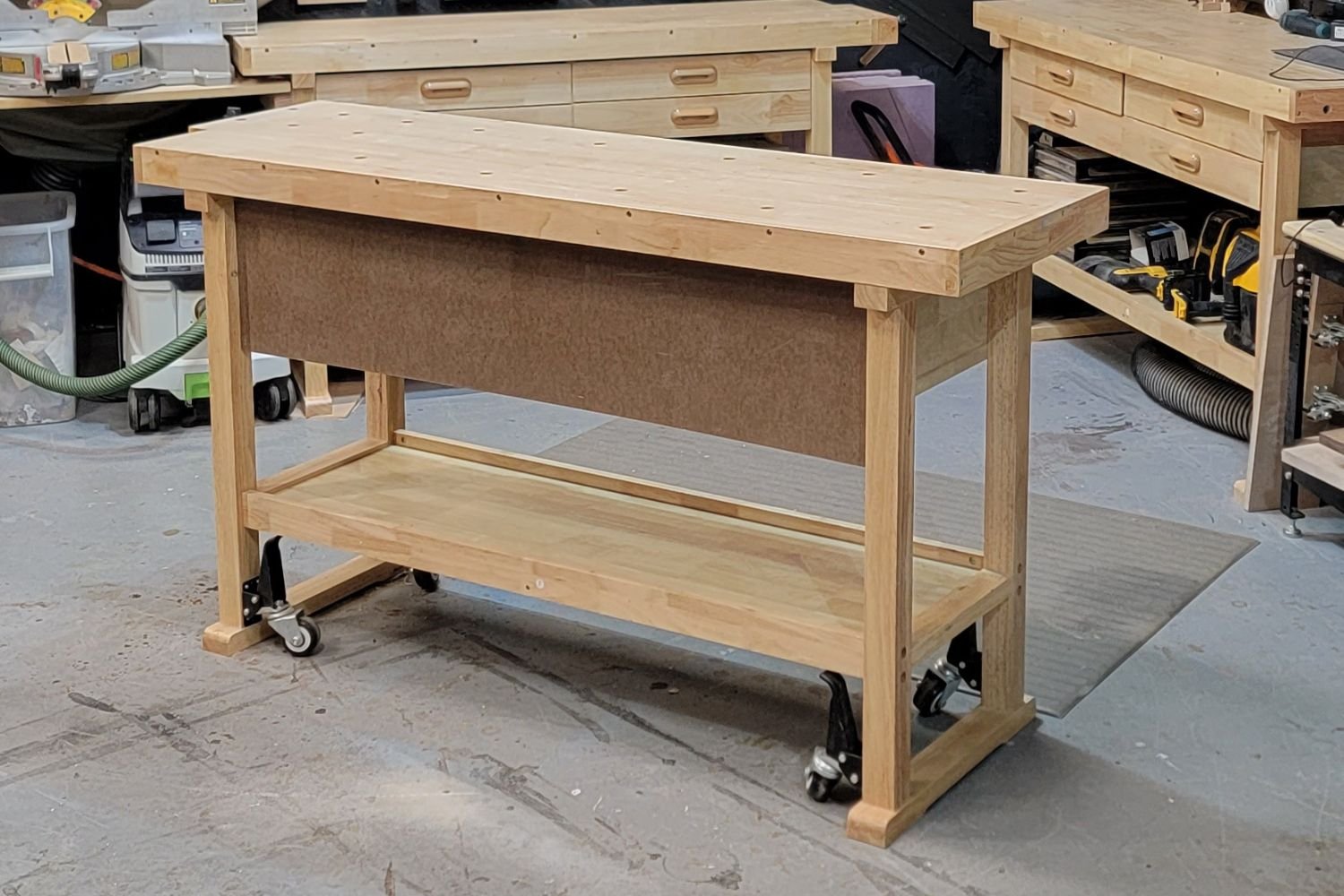

0 thoughts on “How High Should Bed Be”